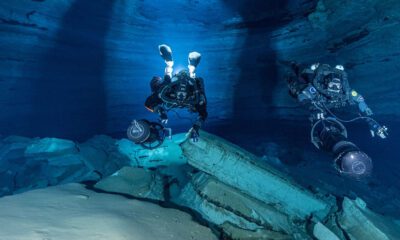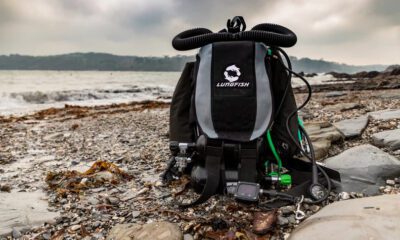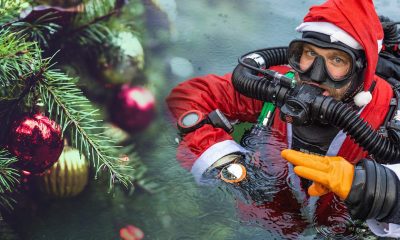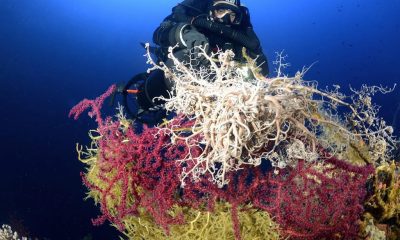Latest Features
The Love-Hate Relationship Between CCR & CE Marking
With Europe emerging as the global center for tech rebreather diving, it is becoming increasingly important for non-European rebreather manufacturers to get their CE mark—at least, if they want to sell their units in Europe. However, as freelance reporter Florine Quirion explains, CE testing is both time consuming and expensive, especially for smaller vendors. But there are arguably benefits for the community and vendors.
by Florine Quirion. Lead image: Rebreather being CE tested at the Environmental Medicine and Physiology Unit at Simon Fraser University, Vancouver, Canada, courtesy of Sherri Ferguson.
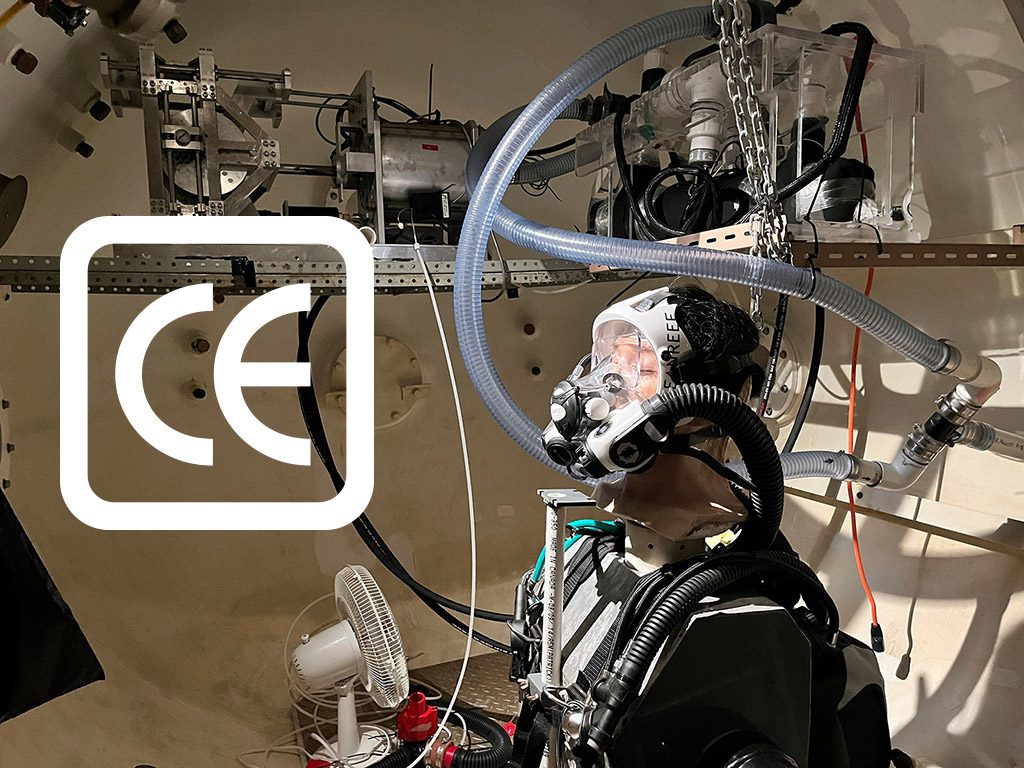
Since the first Rebreather Forum in 1994, the will to develop increasingly safer closed-circuit rebreather (CCR) units has been at the heart of each discussion. The market might be a niche, but offering products with the guarantee of safety is the only way to steadily develop the market beyond risk-taking explorers. With leading manufacturers based either in the US or Europe, the approach to the European ‘Union’s “Conformité Européenne”—European Conformity in French—or CE marking shows sharp cultural differences regarding trade and regulation. The pain point is that it isn’t cheap.
With Rebreather Forum 4 taking place in Malta, which means for the first time in the European Union (EU), we talked with manufacturers based in the US and Europe. Lamar Hires of DiveRite and Bertrand Hemard of M3S (manufacturing the Triton CCR) shared their views regarding CE marking for rebreathers. Chauncy Chapman, an engineering consultant with international diving equipment companies, and Mark Caney, who is in charge of standardization for PADI, also offered further information to complete our understanding of the issue as of 2023.
On each side of the Atlantic, the EN14143 standard, which addresses self-contained re-breathing diving apparatus and was first published in 2003, is recognized as a sound basis to measure CCR performance, including such aspects as the work of breathing or scrubber endurance. Unfortunately, being an EU standard, only manufacturers based in EU member countries can sit at the standardization committee table (after all, EU taxpayers finance all these committees). Yet, the frustration for American manufacturers doesn’t stop there as the CE marking process goes beyond testing.
“EN14143 is a really good document, I couldn’t come up with something better” – Chauncey Chapman
The Devil’s in the Details

Since the 1990s, CE marking has become a staple across industries to access the European market. We sometimes forget or misunderstand it covers different realities: self-declaration or certification. Like open circuit regulators, CCR units fall under the PPE directive (Personal Protection Equipment). The directive requires the CE marking to be taken to the level of certification in the case of breathing apparatus. In legal terms, it means that product quality controls need to be audited by a third-party notified body in addition to performance tests.
Note that various products can get CE marking with only a declaration of conformity signed by the manufacturer. This document states their products meet the EU standards’ requirements: this is called self-declaration. When a certification is mandatory, working with a notified body comes at a much higher price. While American manufacturers wish they could skip the extra cost (note, not the testing), European manufacturers know they cannot opt out even if they wanted to serve other countries than within the EU.
We could debate for hours who is right or wrong about more government interventionism to prevent accidents by anticipation or let manufacturers self-regulate to give more space for innovation. The spirit of the law in each region, between upstream regulation and legal precedents, explains most of the difference in attitude. However, we can’t ignore that CE marking is also an international trade barrier. By elevating the standards and asking for a neutral accredited organization to intervene, the EU aims to protect its local industry.
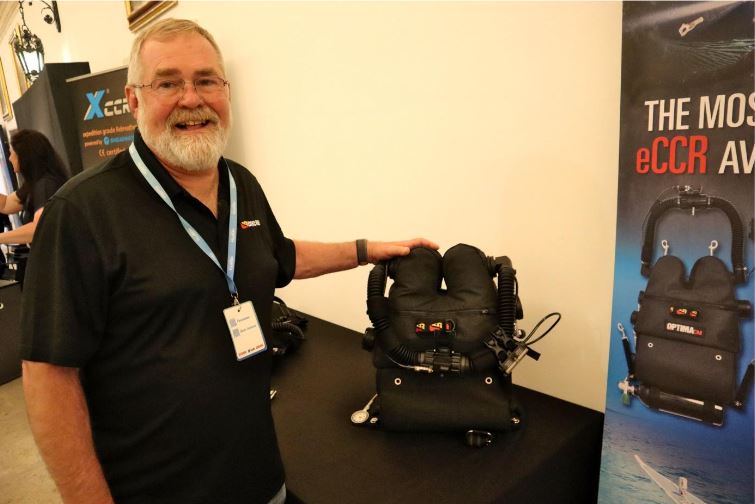
Frustration also builds up since the CCR global market is in a catch-22 position. It is still too small to ignore the European market, which now represents the largest installed base of sport rebreathers surpassing North America. Hence, American manufacturers need to pay for their access. In the case of their European counterparts, they have no choice but to do the same, whatever market they target.
But for both, the cost of CE marking today seems disproportionate compared to the market size. On average, manufacturers must spend between 20,000 and 40,000 (EUR or USD) to get their CE marking for one model. Then, there are a few thousand more each year since the notified body will control one unit from production per year.
To be more specific, the testing of the scrubber alone takes 4 to 5 days to achieve. Then another week is needed for the rest of the required performance tests. Knowing a day at a testing facility costs around $3000 a day, it’s easy to do the maths. But the spending doesn’t stop there.
If manufacturers can use laboratories in Europe or North America and then save on logistics, they still need a representative of their chosen notified body to come in person (with all the associated costs). The notified body must also visit the manufacturing facility to audit the quality control system (with new associated costs). Only being ISO 9001 certified (standards for quality control systems) can make the process easier and quicker. Very few CCR manufacturers are today because you must spend more money to be ISO 9001 certified. To sum up and give you a more palpable understanding, to get the CE marking, each CCR manufacturer likely needs to sell between 20 to 40 units to cover its cost. Ouch.

One way to partially solve the issue would be to take the ISO standards route. ISO (International Standard Organisation) is the only globally recognized organization. But taking this route has a cost too, and it isn’t quick. At least, all manufacturers could sit at the standardization committee table and bring their best ideas. For instance, there would be a better method to test scrubbers that would be both more reliable and cheaper (e.g., SNORT – Surface Normalized One-Atmosphere Rebreather Tester).
CCR training standards: EN + ISO
CCR standards come in two flavours: equipment and training. It is worth noting that training agencies took the ISO route as early as 1999. After more than 20 years of work, the two first ISO standards for CCR training were finally published in 2022, and three others are on their way. It seems manufacturers could use the experience of the training agencies to embark on a similar journey. It won’t reduce the cost, but at least all manufacturers could have their say as the training agencies do. When an ISO standard is published, the EU harmonises its EN standards based on it.
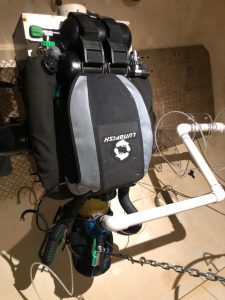
“Most product and services benefit from standardisation, it simplifies trade and protect from liability” – Mark Caney, PADI.
CE marking might be a necessary evil, but American manufacturers should appreciate that this single process gives them access to 30 countries (EU member states and EEA signatory countries). The aftermath of Brexit is not complete yet, and it means that manufacturers will have to go through another process if they want to keep access to the UK market, which remains vital to the CCR market.
Is it a never-ending nightmare? The only answer that makes sense today is to start working as soon as possible on ISO CCR standards but also embrace ISO 9001 quality system certification since it dramatically simplifies the acquisition of any form of certification.
As the French CEO of M3S, Bertrand Hemard, points out, “Standards and labels are here to answer a need for safety”, which is key to expanding the CCR market. While doing so, it should allow making certification costs more bearable.
DIVE DEEPER
InDEPTH: Low Cost DIY Rebreather Testing: Why and How by Chauncey Chapman
Other stories by Florine Quirion:
InDEPTH: Listen Up: Freediving is About to Enter a New Era if Oxama has a Say! by Florine Quirion
InDEPTH: Size, err Depth, Matters: Why Do Pools Keep Breaking Records? by Florine Quirion

Florine Quirion is a writer, underwater photographer, and dive travel blogger at World Adventure Divers. She trained as a mechanical engineer and worked in product regulation and certification before embracing a career dedicated to the ocean.



















